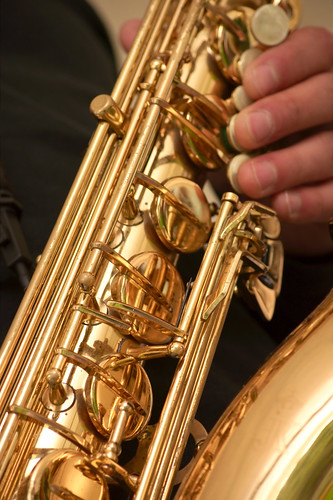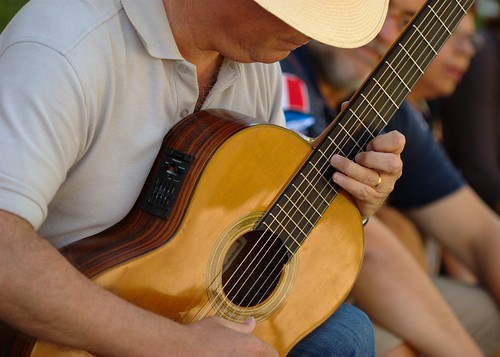This is a difficult question to answer, as some people will pick up learning the sax or other musical instruments relatively easily, while others, be it because they’re “tone deaf” or simply struggle to “get it,” could sit with a sax for weeks and still not have a clue what they’re doing.
From the outside, learning the sax seems like it is quite hard to do. When you hear about things like circular breathing (breathing in and out at the same time) you might think it is something you don’t want to do at all.

Is learning the sax difficult, or is it something most people should be able to pick up?
Similarity to Other Instruments
If you already play a brass or woodwind instrument then you are at an advantage, as playing the sax should come at least semi-naturally to you. The breathing patterns and movements you need to make with your fingers will certainly be familiar.
If you aren’t yet an instrument player, find a friend who is. They’ll be able to show you some of the basics of playing. Many of the basic techniques are the same for all brass and woodwind instruments, so it doesn’t necessarily matter what instrument a friend plays, so long as it belongs to the right family.
Music Readers
If you can read music, then learning the sax should come relatively easy to you. Once you have picked up the scale and sounds of the instrument, being able to look at the music and play is much more desirable than having to read words, for example.
Yes, you can learn the saxophone if you’ve never studied music and have never seen a piece of sheet music in your life. Bear in mind that all of your learning will be done by the ear, which as long as you have good musical awareness will be fine. What you don’t want to do is dismiss the notion of learning music only to find you can’t identify sounds or remember which key on the sax plays which note.
Mastering the Sax
Most people actually find that it is reasonably easy to learn how to play sax. When we say learn, we’re talking about having a basic ability to play sequences of notes. Many pick that up straight away. However, if you’re serious about the sax and want to master the instrument, you need to do a lot more, such as challenging yourself to play complicated licks and mastering techniques such as circular breathing.
This is more difficult, but if you’re up for the challenge, you’ll have great fun trying to achieve it.





